Valves are simple machines that are used to regulate the flow of liquid by obstructing a pipe or passageway. They’re found anywhere liquids flow, including indoor plumbing systems—more specifically, your faucet. When you turn the sink handle, out comes water. Turn it back, and it stops flowing. This is the basic job of a valve. They’ve been in use for thousands of years, and are one of the most useful mechanical inventions of all time. Valves are divided into two families—the stop valves, which provide an on, off and partially on setting, and check valves, which only restrict the flow of liquid in one direction.
Butterfly valves are one type of stop valve. The name conjures images of a double-wing shaped insect, right? Well, for whatever reason, the butterfly valve in no way resembles a butterfly. In fact, a butterfly valve is actually composed of a flat, round piece which is supported in the middle that opens or closes when the shaft is rotated. When opened, the edge does provide some resistance to the flow of water. While closed, it perfectly fits the shape of the pipe and provides full obstruction. Because it is able to pivot and stay in more than two positions, the amount of liquid flow can easily be changed as necessary.
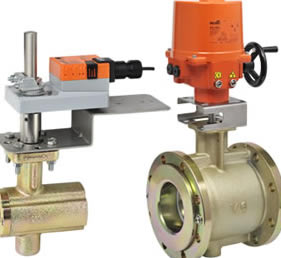 Ball Valves
Ball Valves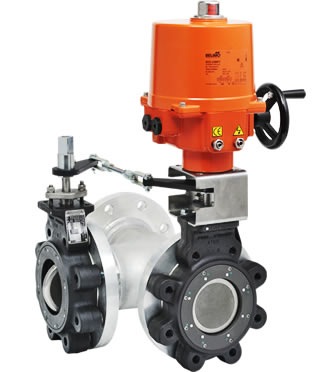 Butterfly Valves
Butterfly Valves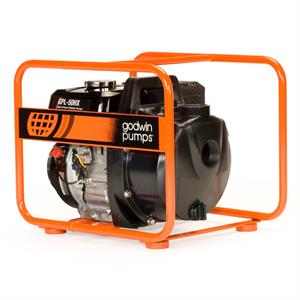 Centrifugal Pumps
Centrifugal Pumps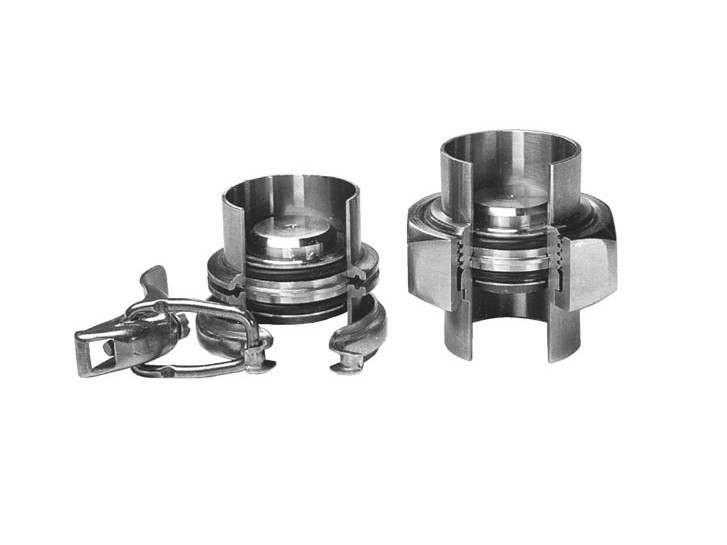 Check Valves
Check Valves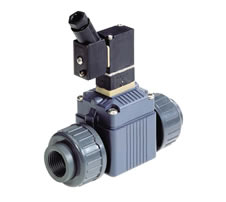 Diaphragm Valves
Diaphragm Valves Flow Meters
Flow Meters Hydraulic Pumps
Hydraulic Pumps Hydraulic Valves
Hydraulic Valves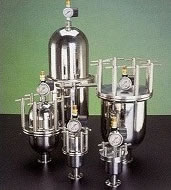 Metering Pumps
Metering Pumps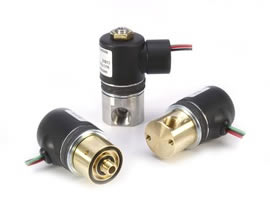 Solenoid Valves
Solenoid Valves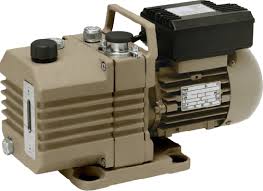 Vacuum Pumps
Vacuum Pumps Castings & Forgings
Castings & Forgings Bulk Material Handling
Bulk Material Handling Electrical & Electronic Components
Electrical & Electronic Components Flow Instrumentation
Flow Instrumentation Hardware
Hardware Material Handling Equipment
Material Handling Equipment Metal Cutting Services
Metal Cutting Services Metal Forming Services
Metal Forming Services Metal Suppliers
Metal Suppliers Motion Control Products
Motion Control Products Plant & Facility Equipment
Plant & Facility Equipment Plant & Facility Supplies
Plant & Facility Supplies Plastic Molding Processes
Plastic Molding Processes Pumps & Valves
Pumps & Valves Recycling Equipment
Recycling Equipment Rubber Products & Services
Rubber Products & Services